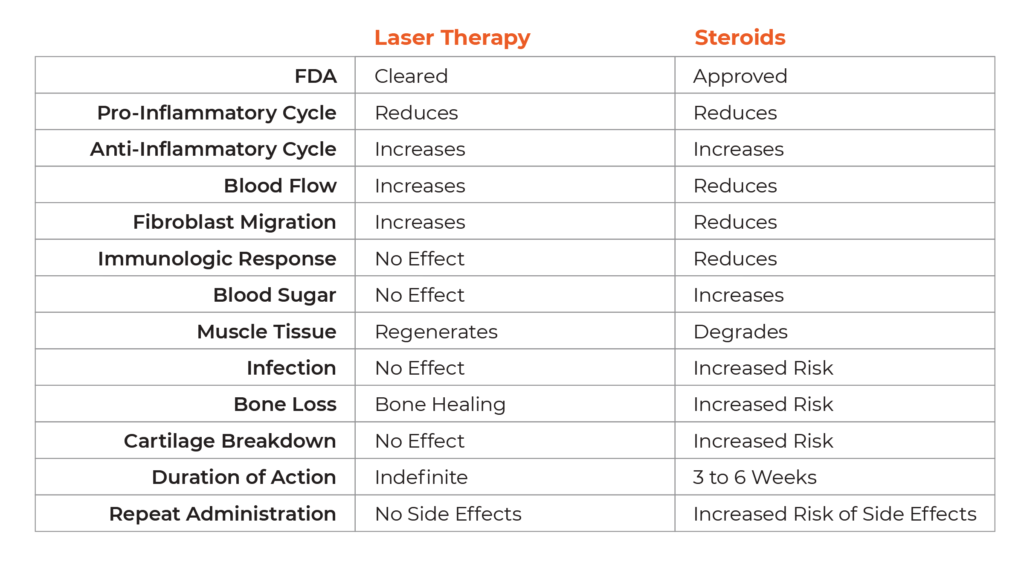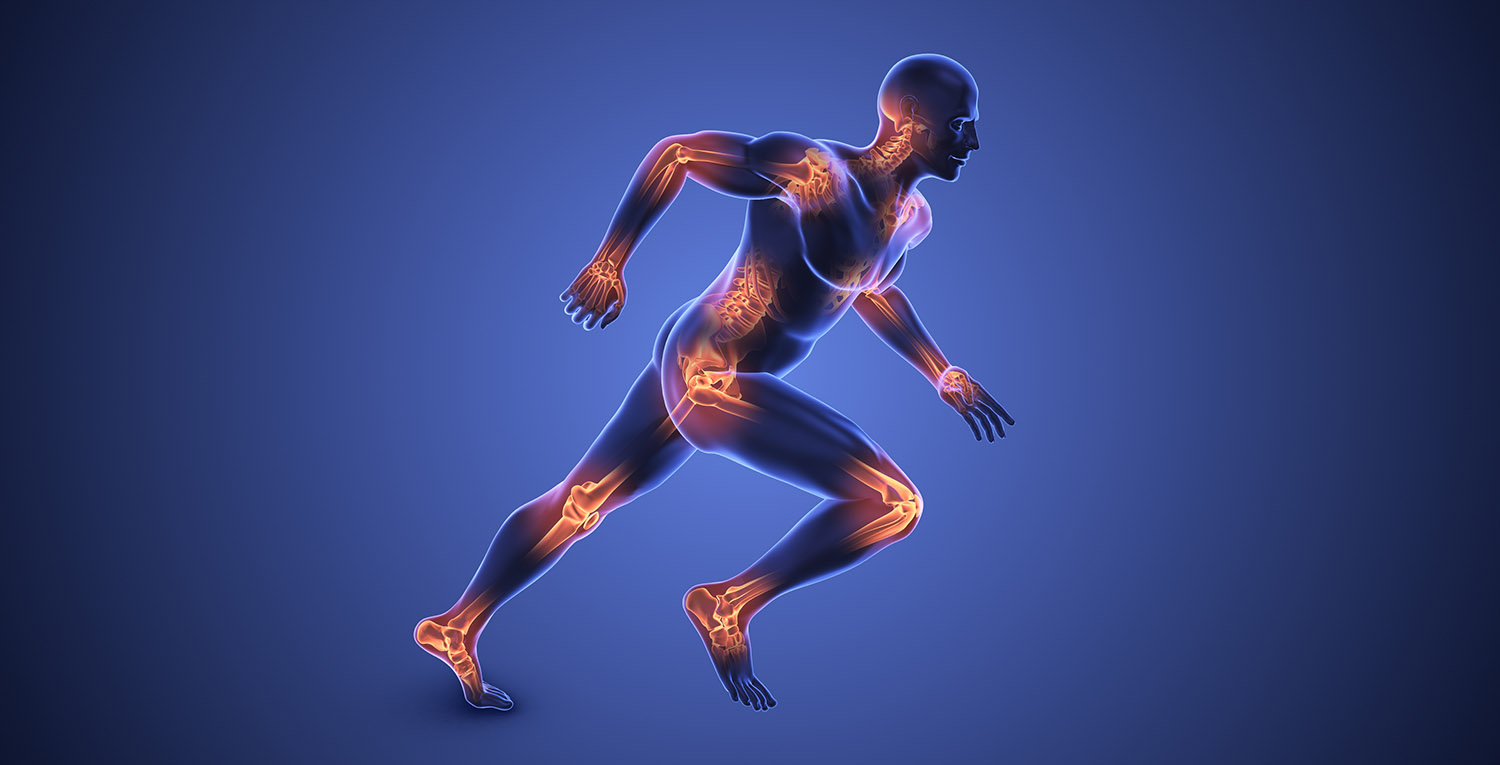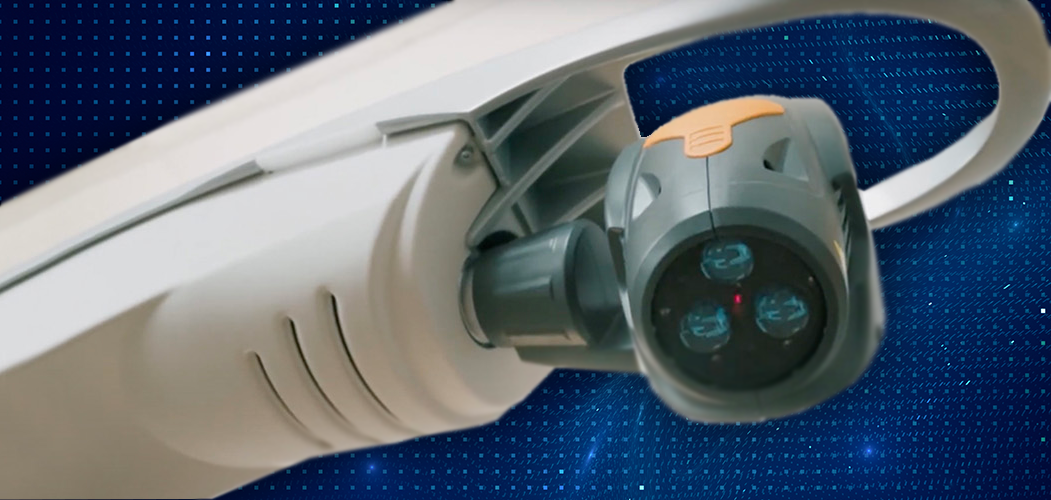There continues to be growing controversy on the use of intra-articular steroids for arthritis. The most common concerns are for cartilage degradation over time and the associated side effects of injectable corticosteroids.
The mechanism of action for corticosteroids is well established. Steroids cross the cell membrane via a typical receptor model. Once inside the cell, they stimulate a number of cellular reactions. The steroid reduces the pro-inflammatory cycle and increases an anti-inflammatory cycle by making anti-inflammatory cytokines. This is what creates a reduction in pain and inflammation for the patient. In the local environment of the steroid injection, the capillaries become restricted, reducing blood flow to the region. The steroid-induced reaction further reduces fibroblastic ingrowth and the standard immunologic response. There is also evidence that steroids will cause muscle loss.
It is well documented that the injected steroid typically leaves the joint space within 72 hours. This is the primary reason for the multiple well-documented side effects seen with steroid use. These side effects include but are not limited to facial swelling and redness, elevated blood glucose levels, risk of gastrointestinal injury, infections, glaucoma, osteoporosis (bone loss), and possible cartilage degeneration. The duration of action for clinical improvement with injectable steroids usually lasts from 3 to 6 weeks. Repeat injections do increase the risk of recurrent side effects.
Laser as an alternative to traditional treatments for pain and inflammation continues to gain in popularity for the treatment of osteoarthritis of the knee joint. Both the American Academy of Orthopedic Surgeons and the Centers for Disease Control recommend laser for the treatment of pain for long-standing conditions such as knee arthritis.
How is the mechanism of action for laser treatment similar to and different from corticosteroid injections?
Both laser and corticosteroids share a similar mechanism for the reduction of inflammation via an anti-inflammatory cytokine pathway. Both laser and steroids block the pro-inflammatory cycle and promote an anti-inflammatory in the area of treatment creating pain relief.
Beyond this cytokine pathway, the differences between laser and steroids is dramatic. Laser through photochemical, photothermal, and photomechanical effects creates a regenerative environment for healing. It is well documented that the cellular response under laser increases blood flow, increases fibroblastic in growth, improves muscle healing and regeneration, and helps to create a healing response to bone injury.
The Multiwave Locked System® (MLS) used at OrthoLazer Orthopedic Laser Centers has been FDA-cleared for over 10 years. Unlike steroids, which have a limited duration of clinical benefit, the duration of action for improvement of knee pain after laser is indefinite. Many patients can see pain relief for 6 to 12 months. It is important to note, unlike steroid injections, there are no clinically significant systemic side effects associated with laser.
It should come as no surprise that laser is gaining in popularity over steroid injections given its long duration of action, minimal side effects, and its regenerative properties.

———-
OrthoLazer Orthopedic Laser Centers offer patients and their doctors an innovative and effective alternative pain management option to treat acute and chronic orthopedic conditions. Founded by Dr. Scott Sigman – the original opioid-sparing surgeon – our centers further his mission of providing his patients non-operative and non-opioid treatment options. If you’d like more information about OrthoLazer, please visit our website at ortholazer.com.





